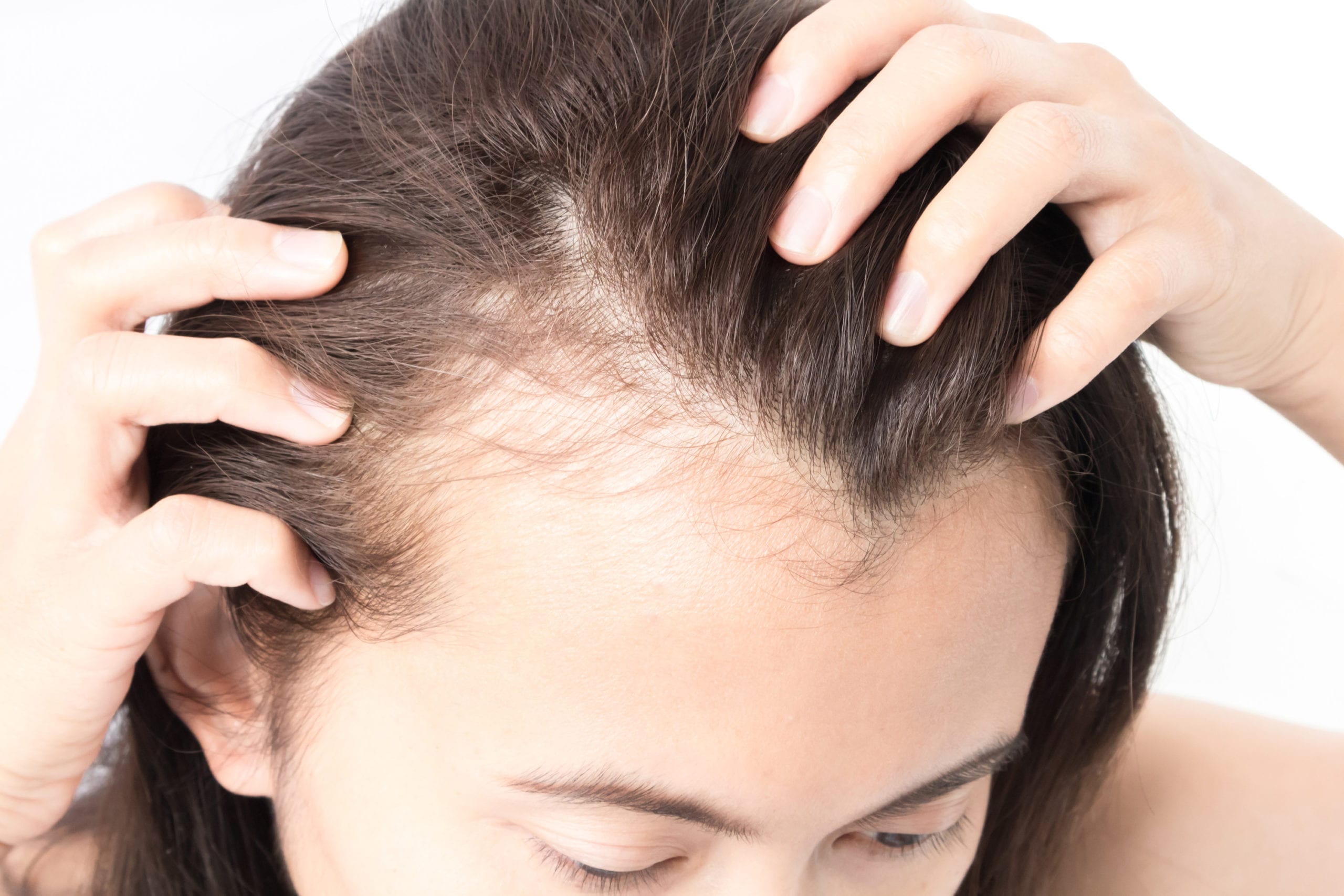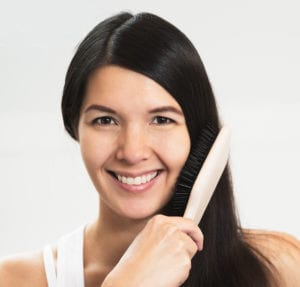
" Hi Alan, Your new web site is fantastic. I didn't realise there were so many phobias and problems that could be helped and that my problem of hair pulling would be there. My GP was surprised how quickly it was helped "
Trichotillomania - Hair Pulling.
" I was so annoyed, so angry, I felt like pulling my hair out! "
While this is just a phrase, and a common one at that, people with Trichotillomania - pronounced: trik-oh-till-oh-may-nee-ah do pull out their hair.
Trichotillomania is a psychological disorder, where the sufferer is besieged by the need to pull out their hair. The disorder was once believed to be rare, but now doctors estimate that it’s a chronic habit of over eight million people the world over. Females tend to be affected more than males.
Even now, many doctors are unaware of this condition.
Yet, over the four-decade span of my career, I’ve treated hundreds with this particular problem.
Sufferers pull out their hair at the root, be it from the scalp, the eyebrows, the eyelashes or even the pubic area.
Wherever hair grows, they’ll feel compelled to pull it out.
Some will pull out great chunks of hair, leaving bald patches, while others find satisfaction out of plucking one, single strand at a time.
Trichotillomania isn’t a habit - it’s compulsive behaviour.
Sufferers may also be troubled by other compulsive habits, such as nail-biting or skin picking. This may suffer from depression and anxiety issues on top of this.
I recently had two clients suffering from Trichotillomania.
A teacher, pulled out her hair behind her ear, where it was less noticeable; however, this graduated to her entire scalp until she was left with no alternative but to wear a wig.
Another, a young girl of twelve, had started with the hair on her eyelashes, then progressed onto her eyebrows. Something her friends had started to tease her about.
People with Trichotillomania feel embarrassed, frustrated, ashamed and depressed about their condition.
Hair pullers fret about other people’s opinion of them and will go to great lengths to hide their behaviour from those closest to them.
There are many theories behind Trichotillomania and the reason why people do this.
I believe they are feeding off the endorphins released by the body after a hair is pulled.
Think about it - you pull out a hair, then there’s a sting. After this initial sting, the body produces a chemical - endorphins, but they are also known as opioids.
These chemicals reduce and block the spread of pain messages throughout the brain. This result is not dissimilar to the actions of some pain relief drugs; such as heroin, morphine, anaesthetics etc.
The drugs, including endorphins, provide pleasurable sensations on the top of their pain-numbing effects.
Where stressful situations are concerned, if a sufferer of Trichotillomania plucks out a hair, the release of the opioid will produce feelings of pleasure and reward as well as a runner’s high.
This cycle of seeking pleasure lasts for mere moments, but people are helpless to stop the cycle and continue the endless search for those endorphins.
Just as a drug addict, a Trichotillomania sufferer seeks that same high.
Clients often tell me they pull their hair in stressful circumstances, but others say they crave that feeling of satisfaction.
Fast Track Hypnosis can treat Trichotillomania, but I have practical advice to break the compulsive behaviour too.
The brain has become addicted to endorphins and I, therefore, recommend that the client wears a rubber band on their wrist. When they feel the urge to tug at their hair, they snap the band against their wrist.
This helps in two ways:
- Think of the mind as a computer. The urge to pull hair out is part of a programme, and the best way to prevent completion is by placing a bug in the system. Snapping the band against the wrist brings a new action to the fore, one the mind doesn’t recognise. This weakens the memory pattern and breaks the habit.
- Snapping the rubber band will also satisfy the craving for endorphins. The hair puller is still receiving the fix but in a different way.
With the combination of this practical advice and the Fast Track Hypnosis process, the habit can easily be ‘erased’ from the client’s mind, as the confidence of a sufferer is also worked on and heightened.
Fast Track Hypnosis used to combat Trichotillamania has a high success rate.
This treatment occurs within four sessions, but it is dependent upon each person and the depth of the compulsion. Four sessions are usually required to break the compulsive behaviour. Unfortunately, I can’t Fast Track hair growth - that side of things is out of my hands. However, it will help you get you to a stage, where you wait for your hair to regrow without longing to pull it!
Fees £85.00 or 85.00 euros per Session.
Client Testimonials
On one occasion I even told someone I was going for chemotherapy and my hair was falling out! After my sessions with you, I stopped pulling out my hair and it took a while before I would go out again, but Alan I did it!
Hi Alan, You won't remember me but I came to see you in 2000 about the hair-pulling. I remember you telling me at the time about how common my problem was and I am glad to see that you have included it onto your site
